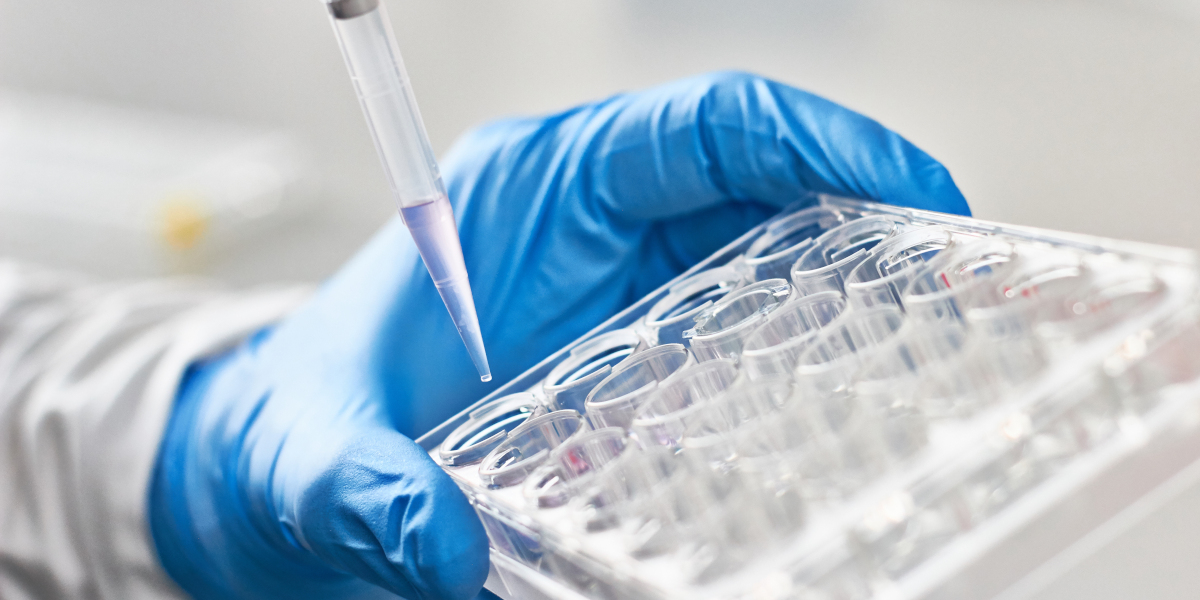Answer:
The most important step for specific HCP ELISA development is the production of suitable mock material, which is used as HCP antigen for immunization. The quality of the obtained antibodies is highly dependent on the antigen material. The mock material mimics the drug production process as closely as possible, containing the process specific proteins but not the recombinantly expressed product (drug substance). Our experience shows that the depletion of the drug in the sample does not represent a proper mock sample for immunization. Even small amounts of the drug substance can induce the generation of drug-specific antibodies, which detect the product in the final assay and thus significantly impact the HCP test method. Therefore, even traces of the drug should be avoided in the HCP antigen material.
To obtain mock material, the null cell line is transfected with the relevant empty vector to create the mock cell line without product encoding DNA. Nevertheless, different HCP profiles may be observed between harvest samples taken either from a mock or a production process. This is due to lack of expression stress experienced by the cell under mock conditions. For the generation of a representative mock sample, we recommend using cultivation conditions similar to product fermentation, with regard to factors such as bioreactor size, medium composition, and cultivation time (i.e., comparable cell viability at harvest). A close resemblance to the regular production process should produce very similar HCP expression patterns for the mock and the corresponding drug-containing process sample.
The location of the drug (intra- or extracellular) determines the immunization fraction to be used as antigen material to appropriately cover the critical host cell proteins. For extracellular products, the cell culture supernatant is needed as immunization material, while processes with intracellular drug location are best reflected by the cell lysate to cover as many relevant HCPs as possible. The immunization material should be taken from a very early process step (e.g., conditioned harvest) in order to present as many potential HCP impurities during antibody generation to the selected animals as possible. If the immunization material is collected at a later downstream step, with a limited variety of different HCPs, certain HCP species that normally bind non-covalently to the drug substance under production conditions can be depleted during a “mock purification”, and thus no antibodies are raised against them at all. To avoid the loss of these “hitchhiker” HCPs, we recommend collecting immunization material at an early downstream process stage, prior to effectively removing downstream steps.
Prokaryotic cell cultures present more challenges, since inclusion bodies are mostly formed during product expression, containing a large part of the product and the relevant HCP impurities. As inclusion bodies are not typically generated during mock fermentation, suitable strategies for mock production should be taken into account and discussed (depending on the actual process conditions). For prokaryotic expression systems, the use of the total mock cell lysate as an antigen (which represents a very high number of potentially product-related contaminants) is typically employed for HCP antibody generation.
The similarity of the HCP pattern of the mock material and the drug-containing process sample (e.g., product harvest) can be analyzed by using 2D difference gel electrophoresis (DIGE). Previous analyses have shown that low molecular weight HCPs are hardly detectable due to their generally low immunogenicity. To overcome this issue, BioGenes recommends antigen fractionation, followed by separate immunization using total HCPs and LMW HCPs. This achieves a broader range of polyclonal antibodies, recognizing as many impurities as possible.
Sometimes, it is difficult to generate an appropriate mock cell line, e.g., the HCP pattern of the null cell line is not similar to the production cell line. If you don't have a null cell line or mock sample, BioGenes can assist (together with one of our partners) to set up a mock production. Do not hesitate to contact us for more information.
